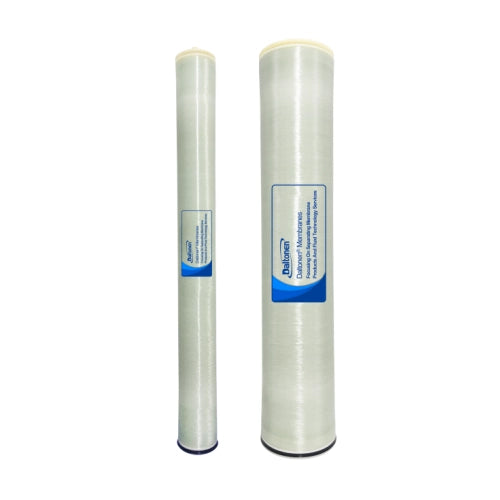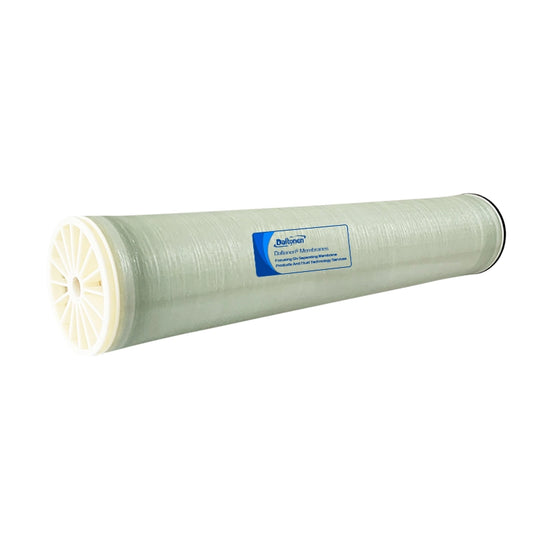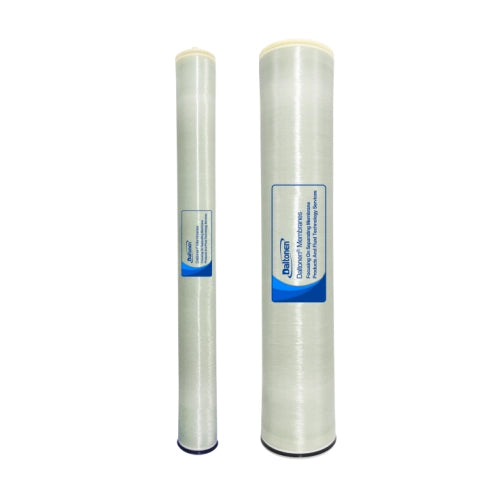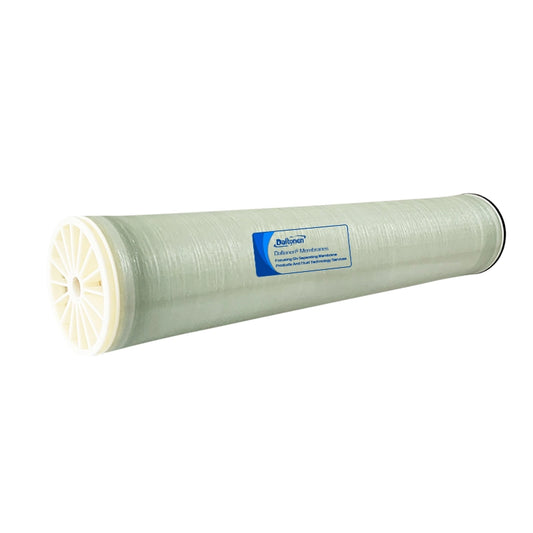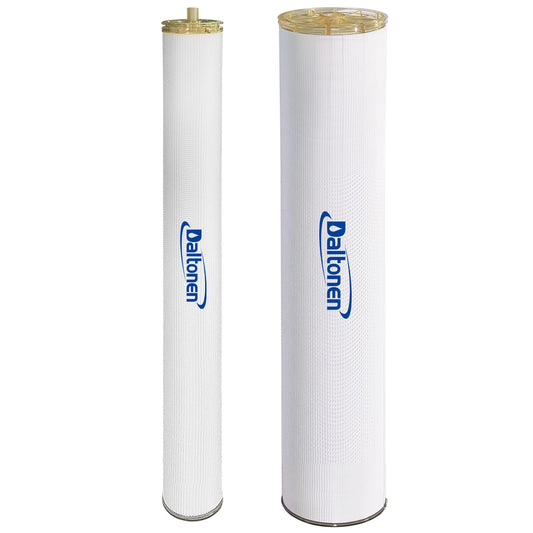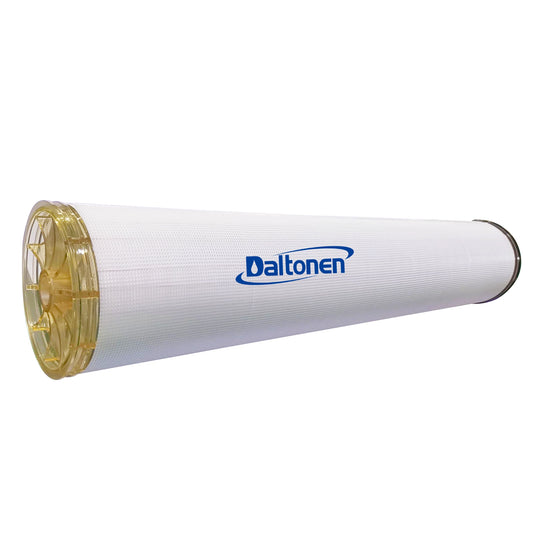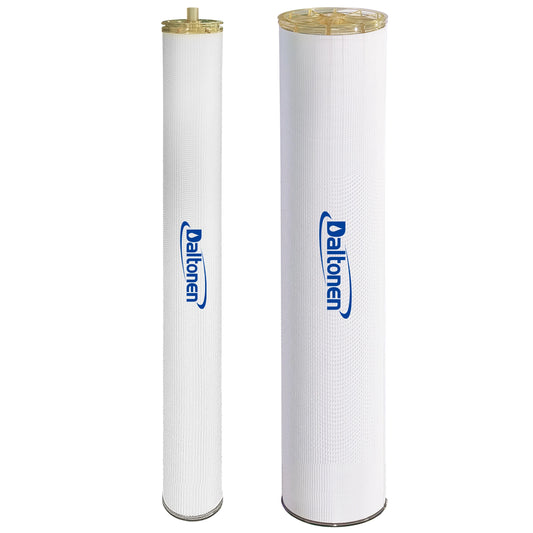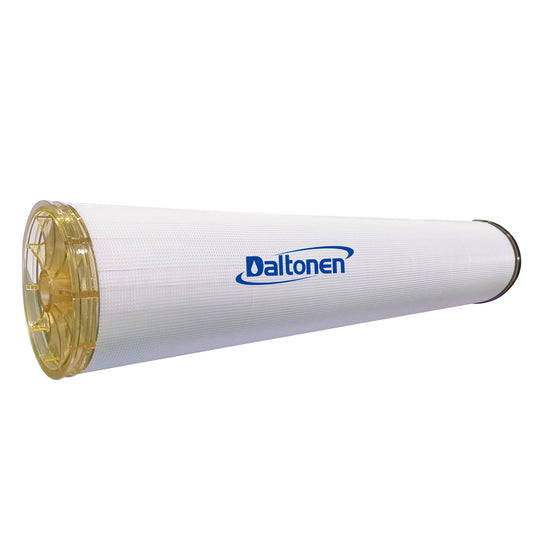Process Design Scheme for Power Industry: Circulating Water, Boiler Makeup Water, and Concentrate Reuse
1.0 Design Basis and Objectives
-
Source Water: Municipal tap water, surface water, or groundwater.
-
System Scale: Based on a typical 300MW unit, optimizing the plant-wide water balance.
-
Design Objectives:
-
Boiler Makeup Water: Compliance with feedwater standards for high-pressure and above boilers (GB/T 12145), achieving ultrapure water quality.
-
Circulating Cooling Water: Operation at high cycles of concentration (COC >5) through advanced scale inhibition, corrosion control, and biocidal treatment, significantly reducing blowdown.
-
Concentrate Reuse and Zero Liquid Discharge (ZLD): Recycling and resource recovery of high-salinity wastewater streams (e.g., RO concentrate from demineralization, cooling tower blowdown), ultimately achieving near-ZLD/ZLD.
-
2.0 Plant-Wide Water System Process Flow Diagram
The following diagram illustrates the integrated process from raw water intake to final concentrate solidification, highlighting the interconnections and mass balance between subsystems.
flowchart TD
subgraph RawWater[Raw Water Pretreatment]
A[Raw Water] --> B[Coagulation/Sedimentation];
B --> C[Multi-Media Filtration];
C --> D[Activated Carbon Filtration];
D --> E[Clearwell];
end
subgraph MakeUpWater[Boiler Makeup Water Treatment Train]
E --> F[Primary Reverse Osmosis RO];
F --> G[Secondary Reverse Osmosis RO];
G --> H[Electrodeionization EDI];
H --> I[Boiler Makeup Water];
end
subgraph CoolingWater[Circulating Cooling Water System]
E --> J[CT Makeup Water];
J --> K[Cooling Tower];
K --> L[Circulating Water Pump];
L --> M[Process Heat Exchangers];
M --> K;
end
subgraph WaterReuse[Wastewater Recycle & ZLD System]
F -- Primary RO Concentrate --> N[Concentrate Collection Tank];
G -- Secondary RO Concentrate --> N;
K -- Cooling Tower Blowdown --> N;
N --> O[Advanced Concentration<br>e.g., DTRO/HERO];
O -- Permeate --> E;
O -- Concentrated Brine --> P[Evaporation/Crystallization<br>e.g., MVR/MED];
P --> Q[Crystalline Salts<br>Off-site Disposal/Recovery];
P --> R[Condensate --> E];
end
%% Notes
subgraph Note[Process Principles]
T[System Philosophy: Segregated Treatment<br>Cascading Utilization<br>Waste Minimization]
end
Step-by-Step Process Description:
I. Boiler Makeup Water Treatment Train (Ultrapure Water Production)
-
Process Route: Pretreatment → Primary RO → Secondary RO → EDI
-
Technical Elaboration:
-
Pretreatment: Standard process involving "Coagulation/Sedimentation + Multi-Media Filtration + Activated Carbon Filtration" for turbidity, organic matter, and chlorine removal, ensuring RO feed water quality (SDI15 < 3).
-
Primary Reverse Osmosis (RO): Main desalination unit, removing >97% of ions and organics.
-
Secondary Reverse Osmosis (RO): Polishing desalination. Concentrate from the secondary RO is recycled to the inlet of the primary RO to increase overall system recovery (>85%).
-
Electrodeionization (EDI): Core polishing technology. Chemical-free continuous regeneration produces ultrapure water (16-18 MΩ.cm), representing a green and safe preferred solution.
-
-
Product Water Use: Feedwater for high-pressure boilers and steam generators.
II. Circulating Cooling Water System (Key to Water Conservation)
-
Process Route: Makeup Water (from pretreated clearwell) → Cooling Tower → Chemical Treatment → Recirculation
-
Technical Elaboration:
-
High-Cycle Operation: Enabled by dosing advanced scale inhibitors, corrosion inhibitors, and biocides, allowing dissolved salts to be highly concentrated (e.g., increasing COC from traditional 3 to 5-6), thereby drastically reducing system blowdown. This is the core of plant-wide water conservation.
-
Optimized Chemical Feed & Control: Utilizes online water quality analyzers (pH, conductivity, ORP) for real-time monitoring and automated control of chemical dosing and blowdown, ensuring precise treatment.
-
Side-Stream Filtration: Installation of a side-stream filter (e.g., 1-5% flow rate) such as a sand filter for continuous suspended solids removal and turbidity control.
-
III. Concentrate Reuse and Zero Liquid Discharge System (Environmental Core)
This system treats the most challenging high-salinity streams: RO concentrate from the demineralization train and blowdown from the circulating cooling water system.
-
Process Route: Wastewater Collection → Advanced Concentration → Evaporation/Crystallization
-
Technical Elaboration:
-
Wastewater Collection & Equalization: Mixing various high-salinity streams for flow and quality homogenization.
-
Advanced Membrane Concentration (Volume Reduction):
-
Technology Selection: Employing Disc-Tube RO (DTRO) or Vibratory Shear Enhanced Processing (VSEP) technologies. These high-pressure, fouling-resistant membranes can handle high scaling potential, further concentrating the brine to 10-20% of its original volume.
-
Purpose: Maximize volume reduction prior to the evaporator, significantly cutting capital and operational costs for the final crystallization stage. The permeate can be reused as cooling tower makeup or filter backwash water.
-
-
Evaporation/Crystallization (Resource Recovery / ZLD):
-
Technology Selection: Mechanical Vapor Recompression (MVR) or Multi-Effect Evaporation (MED). MVR, known for high energy efficiency, is the current mainstream choice.
-
Process: The concentrated brine from the advanced membrane stage is fed to the evaporator. Water is evaporated and condensed into distillate (reused), while dissolved solids are concentrated to supersaturation and ultimately crystallized into solid salt slurry (primarily NaCl, Na₂SO₄).
-
Final Disposal: The crystalline salt cake is handled as hazardous or general industrial solid waste via off-site disposal or potential resource recovery, achieving final near-zero liquid discharge for the plant.
-
-
3.0 Summary of Scheme Advantages
-
Maximized Water Resource Utilization: The "segregated treatment, cascading utilization" approach optimizes water allocation, using high-quality water for boilers and lower-quality recycled water for cooling.
-
Economic Operation: High-cycle cooling operation and concentrate reuse significantly reduce freshwater intake and wastewater discharge fees.
-
Environmental Sustainability: Advanced membrane concentration and evaporation/crystallization technologies achieve near-zero liquid discharge, meeting the most stringent environmental regulations.
-
System Reliability: Core processes (RO, EDI, MVR) employ mature technologies with high automation levels, ensuring long-term stable plant operation.
This scheme represents the development direction for modern large-scale thermal power plant water management, integrating water conservation, energy efficiency, and environmental protection, which is key to constructing green power plants. Detailed engineering requires specific calculations and optimization based on actual source water quality, unit parameters, and local environmental regulations.
